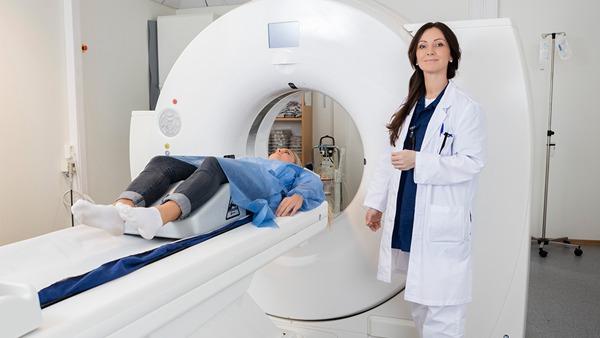前列腺癌的放疗剂量是否与放射性副作用成正相关
 前列腺癌疾病编辑
前列腺癌疾病编辑
 前列腺癌疾病编辑
前列腺癌疾病编辑
Introduction:
Prostate cancer is one of the most common types of cancer among men worldwide. In recent years, radiation therapy has become a widely-used treatment modality for prostate cancer. However, there are concerns about the potentially harmful side effects of radiation therapy, especially at higher dose levels. This article aims to investigate whether there is a positive correlation between radiation therapy dose for prostate cancer and the occurrence of radioactive side effects.

Body:
1. Understanding Prostate Cancer:
Prostate cancer primarily affects the prostate gland, a walnut-sized organ located below the bladder in men. It typically grows slowly and may not cause symptoms initially. Various types of treatment options, including surgery, chemotherapy, hormone therapy, and radiation therapy, are available. The focus of this article is on the use of radiation therapy and its associated side effects.
2. Radiation Therapy for Prostate Cancer:
Radiation therapy for prostate cancer involves the use of high-energy x-rays or radioactive implants to kill cancer cells and shrink tumors. The dose of radiation administered can vary depending on the stage and aggressiveness of the cancer. However, higher radiation doses may increase the risk of radioactivity-related side effects.
3. Common Radioactive Side Effects:
The potential side effects of radiation therapy for prostate cancer include urinary incontinence, erectile dysfunction, bowel problems, fatigue, and skin irritation in the treated area. It is essential to understand the relationship between radiation therapy dose and these side effects to optimize treatment outcomes.
4. Research and Studies:
Several studies have explored the correlation between radiation therapy dose and radioactive side effects in prostate cancer patients. Some studies suggest a positive correlation between higher radiation doses and increased side effects, while others find no significant relationship. The variation in study outcomes may be a result of different patient populations, treatment techniques, and the subjective nature of side effect reporting.
5. Radioprotective Techniques:
To mitigate the potential side effects of radiation therapy in prostate cancer, radioprotective techniques can be employed. These techniques aim to limit radiation exposure to healthy tissues surrounding the prostate gland. By using advanced imaging, such as MRI or CT scans, and sophisticated radiation delivery techniques like intensity-modulated radiation therapy (IMRT), it becomes possible to precisely target cancer cells while sparing surrounding healthy tissues.
Conclusion:
Further research is needed to determine the precise correlation between radiation therapy dose for prostate cancer and radioactive side effects. While some studies suggest a positive correlation, others find no significant relationship. Employing radioprotective techniques during radiation therapy can help minimize the side effects. A personalized treatment approach, based on individual patient factors and tumor characteristics, is crucial to achieving optimal outcomes in prostate cancer management.




